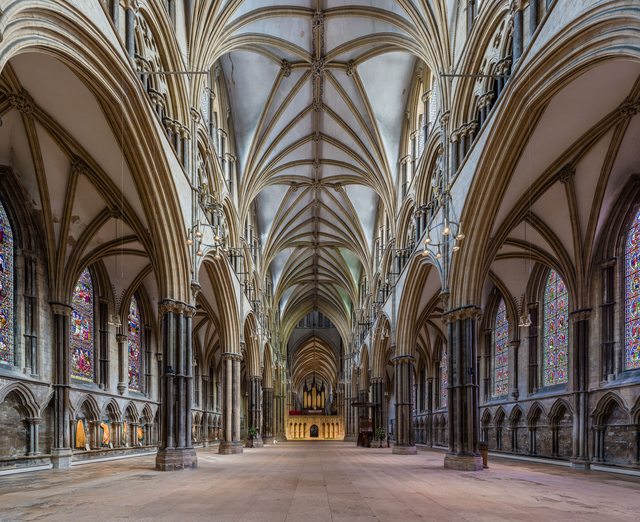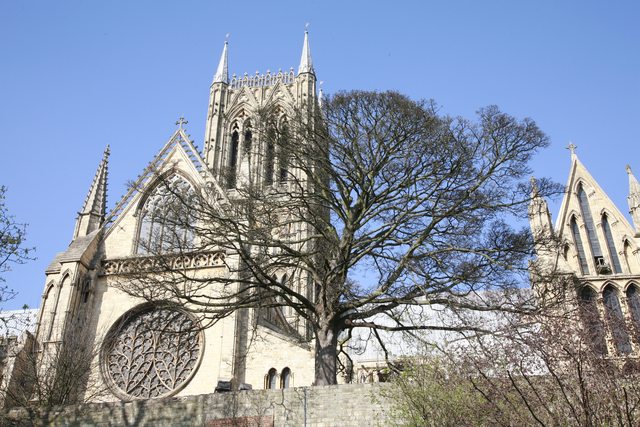Lincoln Cathedral
Lincoln cathedral
The stunning Cathedral at Lincoln or the Cathedral Church of the Blessed Virgin Mary of Lincoln, and sometimes St. Mary's Cathedral in Lincoln England, is the seat of the Anglican bishop.
Perched high above the city on a limestone ridge the honey coloured stone of Lincoln’s cathedral can be seen for miles, its three mighty towers soaring endlessly upward to the sky. During the Second World War this was used as a landmark by returning aircraft as the three great towers often rose above the clouds and low lying mist.
Clustered around the cathedral the medieval buildings of the cathedral quarter cascade down the hill to the new city below. Included in these buildings are the Norman castle and the bishop’s palace.
The Building was started in 1088 and continued in several phases throughout the medieval period. At one time it was the tallest building in the world for 238 years 1311–1549, and the first building to hold that title after the Great Pyramid of Giza.
The original building had a wooden lead encased central spire on its main tower but this collapsed in 1549 due to a storm and was not rebuilt. It was this tower that made the building the world’s tallest structure at that time.
The cathedral is the third largest in Britain in floor area after St Paul's and York Minster. Lincoln’s cathedral is highly regarded by architectural scholars; the eminent Victorian writer John Ruskin declared:
I have always held... that the cathedral of Lincoln is out and out the most precious piece of architecture in the British Isles and roughly speaking worth any two other cathedrals we have.
Other famous endorsements include the following:
Few things in this Island are so breathlessly impressive as Lincoln Cathedral, nobly crowning its hill, seen from below."
J B Priestley in English Journey 1933
A bicycle shed is a building; Lincoln Cathedral is a piece of architecture. Nearly everything that encloses space on a scale sufficient for a human being to move in is a building; the term architecture applies only to buildings designed with a view to aesthetic appeal."
Nikolaus Pevsner





